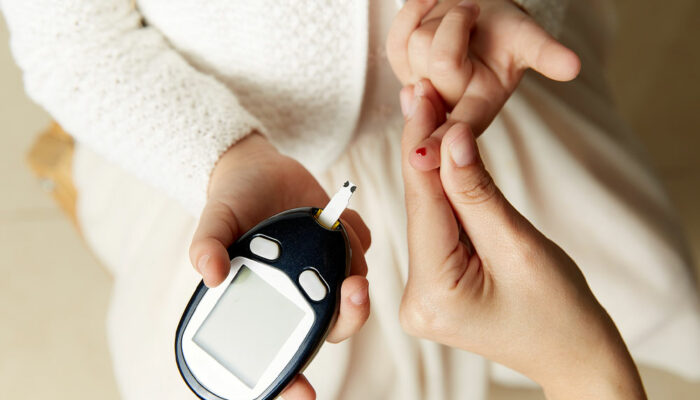12 signs of childhood emotional neglect and how to deal with it

People often reminisce about their childhood, calling it the happiest years of their lives. Unfortunately, this feeling does not always resonate with everyone, and a large part of the reason is childhood emotional neglect. This term refers to a form of maltreatment by one’s caregivers where they fail to provide the right type or amount of emotional and psychological support, validation, care, love, affection, engagement, nurturing, encouragement, and attention during one’s childhood.
Signs of emotional neglect in children
Feeling overwhelmed easily
Kids love to explore their surroundings as they get to experience the world around them and learn from it. However, with emotional neglect, this sensation quickly changes into feeling overwhelmed, often by the slightest changes. This can cause a lot of anxiety, making it a big sign that a child has been neglected emotionally.
Frequent outbursts of emotions
Sometimes, neglect manifests in loud or even violent outbursts over the smallest of things. These can be difficult to manage, and they generally occur because the child is emotionally triggered that things are not going according to plan.
Problem in trusting new people
Neglected children may also find it difficult to open up to others, as they do not trust others easily. It is always a good idea to talk to children about their feelings and explain how to allow new people into their lives safely.
Emotional pain that manifests itself physically
Some children may complain of physical ailments such as fever, headache, pain, tummy ache, etc., especially when faced with certain social situations (like visiting a family member, going to school, heading out to a party, etc.). If there is no valid explanation or cause for these issues, they may be a result of emotional pain, abuse, or neglect.
Difficulties in self-disciplining
Emotionally neglected children often dissociate from their surroundings, making it difficult for them to regulate their emotions or schedules. This could manifest as missing homework and deadlines or failing to stick to a daily routine. Over time, this may also cause the child to develop disruptive behaviors, such as starting fights, destroying property, or trying to stir chaos.
Feeling disconnected from affection
When children’s emotional needs are ignored for a long time, they may feel absurd or uncomfortable with receiving or expressing affection, such as hugging a loved one or being praised.
Lower self-esteem
Lack of emotional attention can also lower children’s confidence and self-esteem. This can make it difficult for them to participate in class or other activities, establish healthy boundaries, or engage with others around them. It may also make them feel more aloof or standoffish.
Increased fear of rejection
Although everyone experiences fear of rejection, emotionally neglected children may experience this at a higher intensity. This plays a significant role in interacting with the world and reaching out for new opportunities. It may also give rise to feelings of insecurity, which can be difficult to handle.
Declining or poor school performance
Emotionally neglected children may also find it difficult to concentrate on their studies. This could lead to a decline in their grades or overall school performance. This decline may also result in developmental delays (in aspects such as basic motor skills or problem-solving abilities) compared to other kids in class.
Inability to express
Many children love to express themselves creatively—drawing, coloring, painting, dancing, singing, or making new games. However, when they are emotionally neglected, this creativity may be tough to come by, leading to a lack of self-expression. Some may also be unable to put their thoughts into words or communicate effectively with their peers and guardians.
Chronic guilt
At times, emotionally neglected children may internalize the pain, leading to feelings of deep guilt. This can lead to many temper tantrums that may continue well into adulthood.
Lack of empathy
Lastly, children who have faced emotional neglect or abuse may find it difficult to express or feel empathy toward others experiencing pain, be it people or animals.
Tips to help children deal with childhood emotional neglect
Learning about these common signs of childhood emotional neglect can be challenging for many adults. Not only does it require a certain amount of introspection on the part of the parents (or guardians), but it also necessitates a change in how things have been going. Here are some ways in which adults can help children deal with emotional neglect:
- Identify the signs: The first step is for adults to begin recognizing the signs of emotional neglect in children. Look out for any signals that the child may be disconnecting or experiencing anxiety, lack of joy, or angry outbursts. Take note of when these feelings appear.
- Be understanding: Next, it is important to understand the value of emotions and accept them. Create a safe space for the child to express their feelings openly. If needed, enlist the help of counseling or therapy services or turn to parenting books for guidance.
- Acknowledge the child’s needs: In addition to creating a safe environment, adults must also acknowledge what children need. Help the child feel protected and validate their emotions to help them form stronger bonds and relationships with others.
- Take a different approach to parenting: What works for one child may not work for another. Parenting is an evolving process that depends entirely on the child’s needs. Check with the child occasionally and ensure they get the right emotional attention and affection daily.

